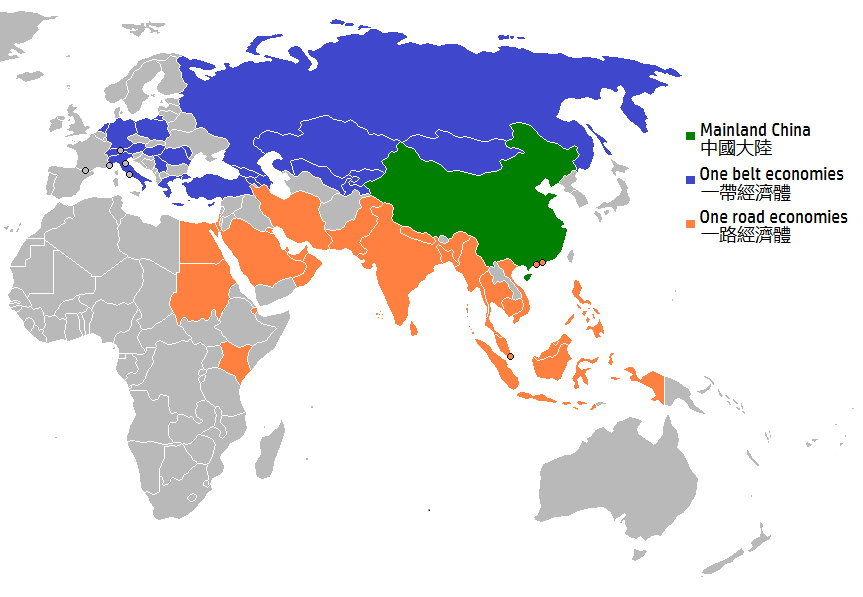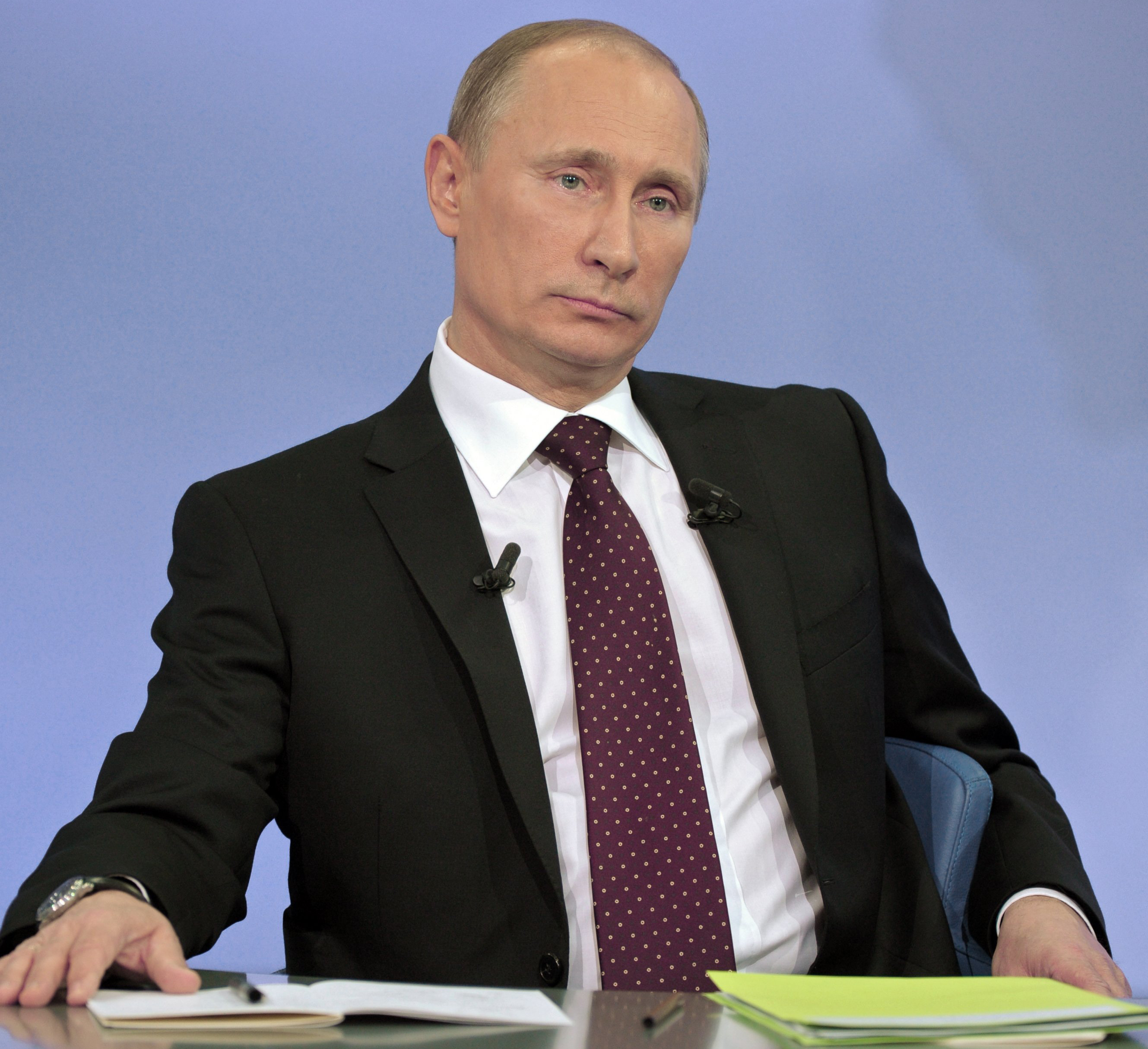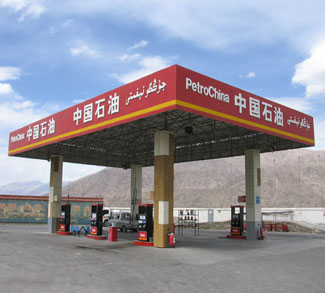Summary
During the Belt and Road Forum in May, Chinese President Xi Jinping signed a number of infrastructure agreements with Kazakh, Kyrgyz, and most notably Uzbek leaders. As a further sign of more attention being paid to Central Asia, the Chinese leader traveled to Kazakhstan (already his fifth visit) a couple of weeks later for the Shanghai Cooperation Organization (SCO) summit. This reflects China’ growing economic and political influence in the region. As China reaches strategic successes in the economic realm with Central Asian countries, it becomes more likely that Beijing will get more involved security-wise in the region. This is particularly true since there have already been reports from 2016 on China building defense infrastructure on the Tajik-Afghan border, along with increased security cooperation with Kyrgyzstan. However though China is now Central Asia’s biggest investor and trade partner, there are also other foreign powers interested in the region. Russia, with its military bases in Tajikistan and Kyrgyzstan, will remain a predominant military power in the region with its deep cultural and economic connections. And although open conflict between China and Russia is unlikely to take place in the near future, as time passes and Chinese influence spreads, the possibility of real friction with Moscow becomes more likely.
Impact
China has made significant progress in increasing its economic and political leverage in Central Asia over the past decade. Central Asia, home to over 65 million people, is a landlocked region of five countries: Kazakhstan, Kyrgyzstan, Uzbekistan, Tajikistan, and Uzbekistan. From the Chinese perspective, the five countries along with Mongolia represent those two major transit routes which will make a large part of Beijing’s One Belt One Road initiative operational.
Before the 2000s, Central Asia was of lower geopolitical importance for Beijing. However, there has been a gradual reversal of this trend as China became worried about the security of Xinjiang in the northwest. Another reason was Central Asia’s commercial and resource potential. The region has also been regarded as a place where China’s foreign engagements are tested, whether it is the Shanghai Cooperation Organization or China’s security initiatives, such as the construction of military infrastructure or the conducting of military exercises. China is now a major trade partner and investment source for all Central Asian states, and the region is now the location of major Belt routes as an alternative to China’s eastern coast routes.
China’s economic plans in Central Asia include numerous spheres but most notably they involve a range of industrial zones and the construction of railways, pipelines etc. Connectivity, which the region has notoriously lacked historically, is the cornerstone of Beijing’s actions. China already constructed a 3,666-kilometer pipeline from Turkmenistan. This in turn made Turkmenistan dependent on the Chinese market as Ashgabat currently has no other exporters and the price for Turkmen gas is nearly $165 per 1000 of cubic meters (among the lowest).
Central Asia is now also the location of major Belt routes which run mostly through Kazakhstan: the China-Central Asia-West Asia Corridor, the Eurasian Land Bridge, and the Khorgos-Aktau railway. These routes are important and although Beijing currently only has a negligible share of its international trade through its railway system, it is still a powerful alternative to sea trade routes. A railway through Central Asia would significantly reduce transit times. As a further sign of the importance of the railway, China will try to restart talks with Uzbekistan to begin work on a 270-km-long line which will link the Chinese city of Kashgar in Xinjiang province with Uzbekistan’s industrial city of Andijan via Kyrgyzstan.
After having become a major trade partner and investment source, China is now more and more positioning itself as a major builder of large infrastructure projects in Central Asia. Mutual state visits are constantly taking place, and Central Asian countries are now begining to cooperate more on security and military issues with China.
Though Russia officially endorsed Eurasian Economic Union-Belt cooperation in May 2015, Beijing’s growing economic clout and security involvement may eventually impinge on Kremlin’s efforts to maintain its influence in the region. Central Asia currently serves as a playground for Russian and Chinese interests, and there’s a question over how the two powers can cooperate with each other in confronting common threats like allegedly rising Central Asian militancy.
From the Russian perspective, cooperation with China in the economic realm in Central Asia serves Russian interests as investments from Belt and Road could alleviate the region’s low economic development and mitigate security problems. However, Russia is also worried that as China achieves strategic successes in the economic realm with Central Asian countries, it becomes more likely that Beijing will get more involved security-wise to protect its vital infrastructure. Indeed, China has reasons to be concerned as Xinjiang remains a problem and Central Asian fighters are returning home from the Middle East. There already were signs of deeper insecurity when in August 2016 a Uighur national ran a car into the Chinese embassy in Bishkek, Kyrgyzstan, before it exploded, leaving several people injured. Indeed instances like this could drive Beijing into assuming bigger military posture in Central Asia.
Moscow should also be concerned over reports in 2016 that the Chinese were building up to 10 defense infrastructure constructions on Tajik-Afghan border. More recently, Beijing also increased its security cooperation with Kyrgyzstan through joint border control exercises and even held first ever joint military trainings with the Tajik army.
That being said, despite losing its primary economic position in Central Asia, Russia still retains a comfortable military position as it is the only foreign power which has military bases in the region. Moreover, beyond bases in Tajikistan and Kyrgyzstan, Russia aims to further increase its presence in region. For instance, it was reported in June that the Kyrgyz president reportedly asked Vladimir Putin to open a second Russian military base in Kyrgyzstan.
Russia has also been very active in holding CSTO-led exercises as well as separate security and military initiatives with Tajikistan and other countries. Indeed, Moscow has even made significant progress in relations with largely unaligned Uzbekistan, though Tashkent is unlikely to join any Russia-led integration projects any time soon.
Beyond Russia there are other powers operating in the region. The United States, although barely present militarily, intermittently holds small-scale exercises with Central Asian states. Asian countries such as Japan, Iran, South Korea and Turkey are also trying to increase their economic presence, while India and Pakistan will try not to remain behind, particularly as both countries joined the SCO recently.
Forecast
In the long run though despite the fact that there are numerous foreign actors in Central Asia, it is still China and Russia which will continue as dominant powers. Conflict between them is unlikely to take place over the short-term. As both countries will try to increase their economic clout, Russia will also be trying to further strengthen its military position through exercises or even talks to open new military bases. China, on the other hand, will try to improve Central Asia’s connectivity problems through large infrastructure projects. However as these questions will motivate both countries to cooperate in security questions, the two will nevertheless remain wary of each other’s actions.




